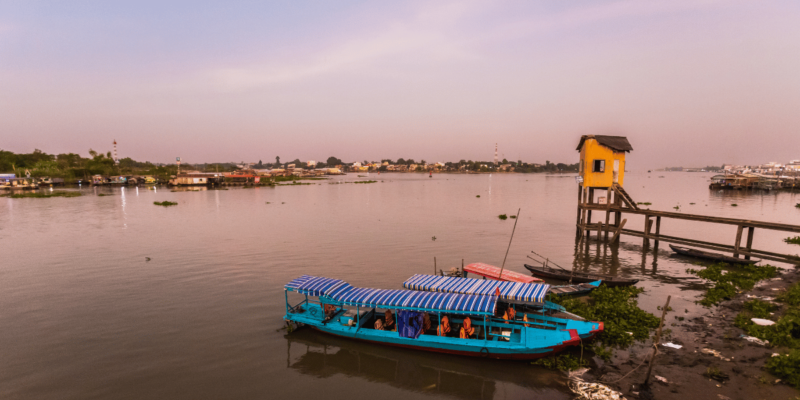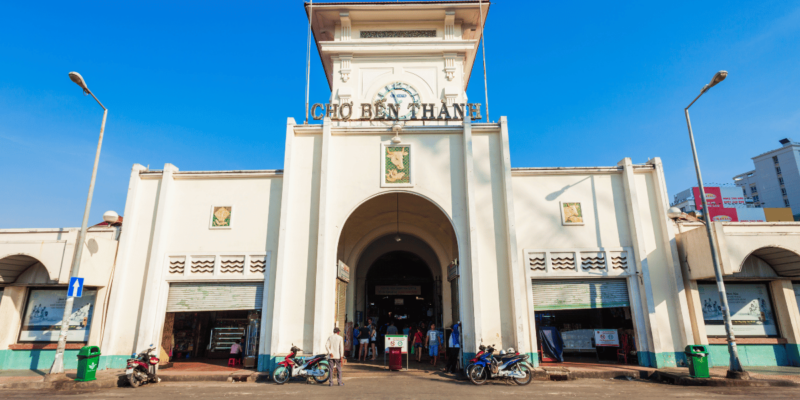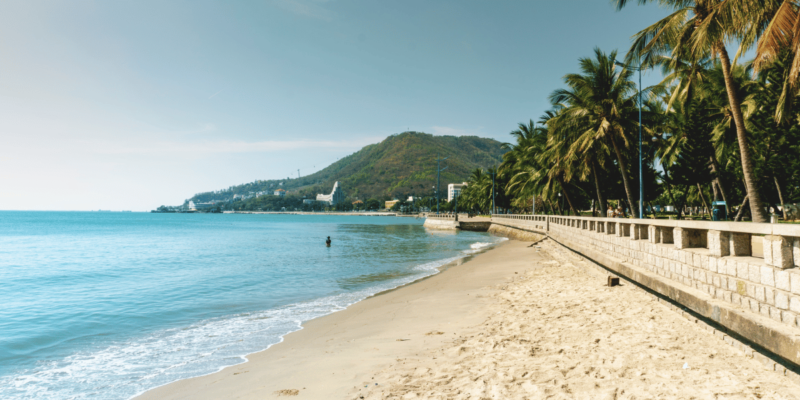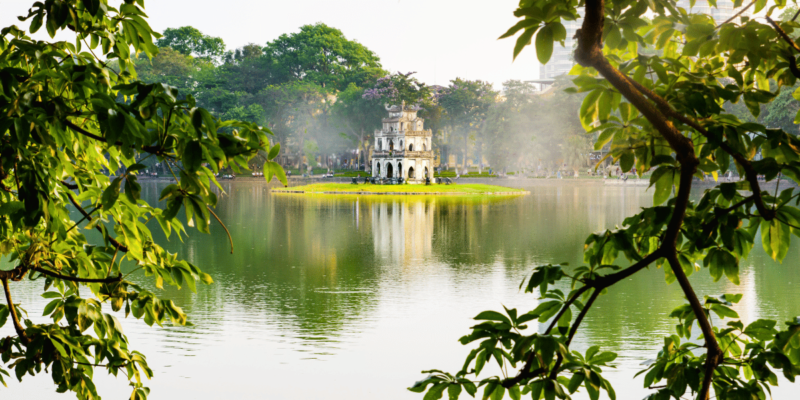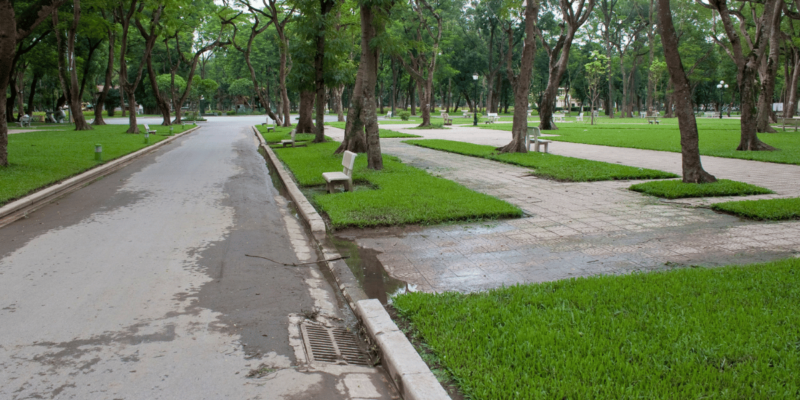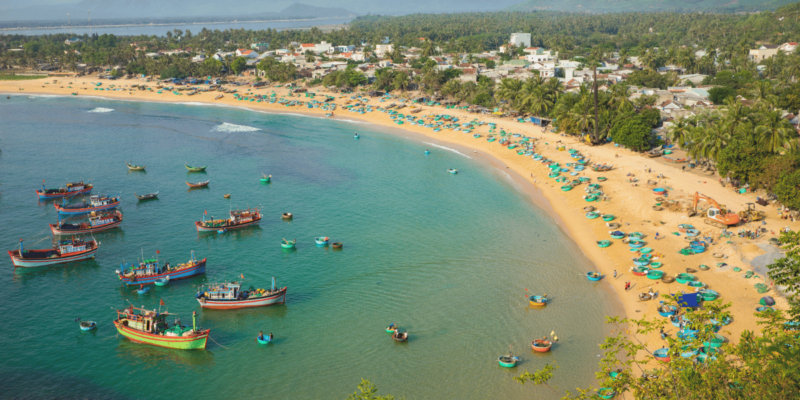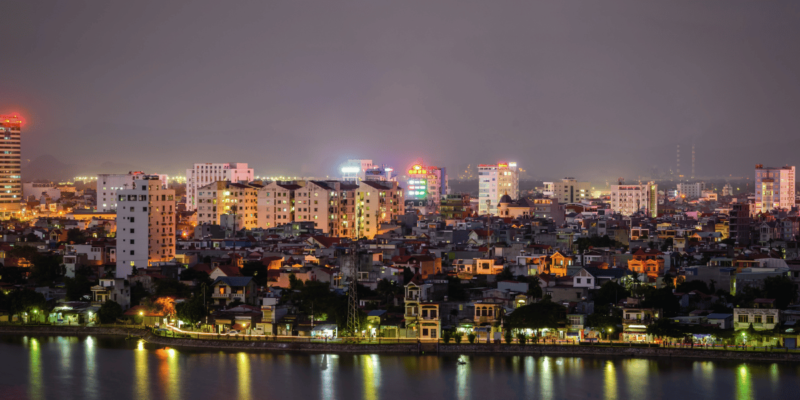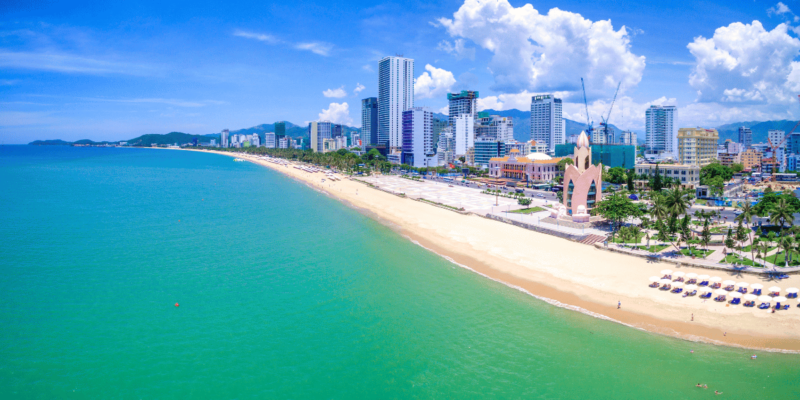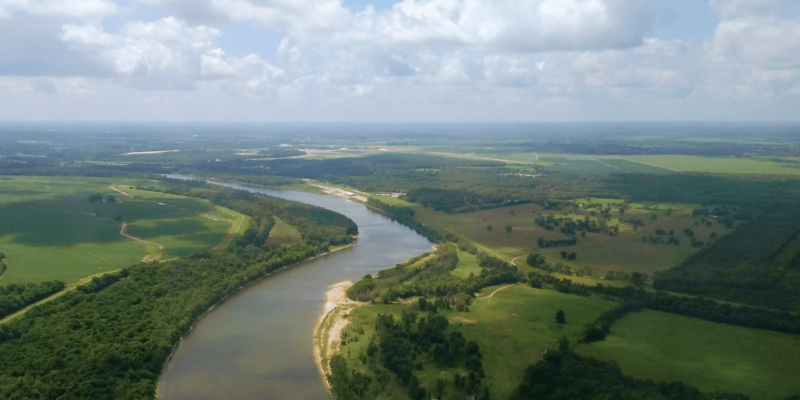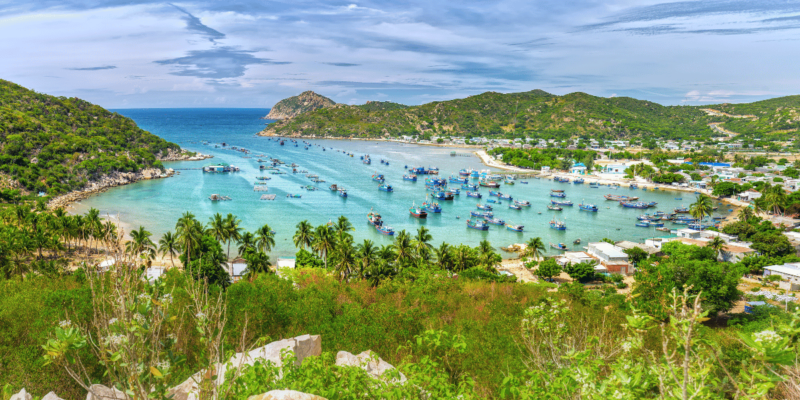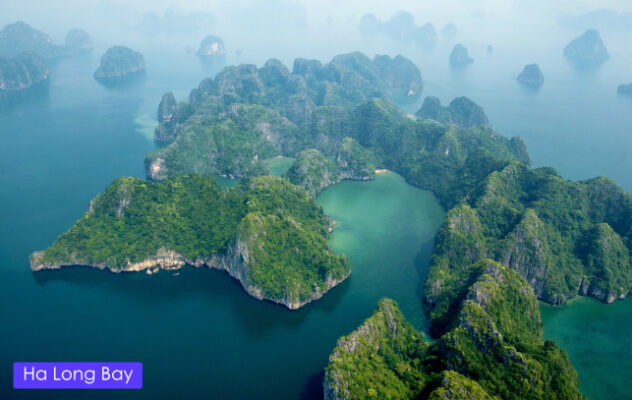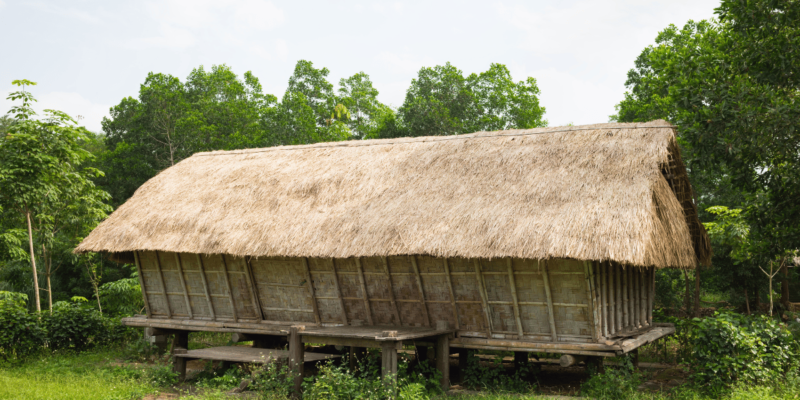Vung Tau: A Blend of History, Culture, and Natural Beauty
Vung Tau, located approximately 110km southeast of Ho Chi Minh City, serves as a fascinating juxtaposition of a busy resort city and the center of Vietnam’s offshore oil industry. While its past reputation during the oil boom may have been less than stellar, Vung Tau today offers a unique mix of historical depth, cultural attractions, and access to the remote Con Dao Archipelago, making it a noteworthy destination for travelers.
Historical Roots and Development Vung Tau’s history stretches back centuries, with evidence suggesting it was a safe harbor for Portuguese merchant ships in the 15th century. By the 16th century, it had become a strategic location for the Kh’mer kings. The area gained prominence under Emperor Gia Long in the early 19th century when it was fortified to protect against Malay pirates, leading to the establishment of the “Tam Thang” or “Three Wins.”
The city’s modern development began with the French, who turned Vung Tau into a seaside resort for colonial officials, including the Governor General of Indochina. This era saw the construction of several grand villas and the summer palace of the last Emperor, Bao Dai, which now functions as a luxury resort hotel.
Cultural and Natural Attractions Despite the city’s underwhelming beaches, Vung Tau compensates with several intriguing cultural and historical sites. One of the most visually striking is the ‘giant Jesus’ statue, reminiscent of Rio de Janeiro’s Christ the Redeemer, which offers panoramic views from its arms. Another significant site is the Niet Ban Tinh Xa pagoda, reputedly the largest in Vietnam, which features a massive bell and a 12-meter reclining Buddha.
For those interested in maritime culture, the Lang Ca Ong temple, dedicated to the whale, presents a fascinating insight into the local ‘whale cult.’ The temple houses revered whale skeletons and displays related to the rituals and ceremonies of whale worship, a unique aspect of regional heritage.
Paul Doumer’s Residence and Historical Artifacts A highlight of Vung Tau is the former residence of Paul Doumer, architect of French colonial policy in Vietnam. The villa not only showcases French architectural elegance but also houses an exquisite collection of Ching Dynasty ceramics recovered from the Vung Tau shipwreck. These artifacts, some still adorned with coral, offer a glimpse into the maritime history and cultural exchanges of the 17th century.
Proximity to Long Hai Just 20 kilometers from Vung Tau is the town of Long Hai, a growing resort area popular among Vietnamese tourists and notable for its historical significance during the American war. The region was once a station for thousands of Australian soldiers, and today, it attracts visitors looking to connect with the past, including veterans and relatives of servicemen.
Conclusion Vung Tau is more than just a gateway to the Con Dao Islands; it is a city rich with historical narratives and cultural depth. From its colonial architecture and religious sites to its monuments and museums, Vung Tau offers a diverse array of attractions. Whether exploring its historical sites, engaging with local traditions, or simply enjoying the scenic views from its landmarks, Vung Tau presents a compelling blend of the past and present, making it a worthwhile addition to any travel itinerary in Vietnam.

